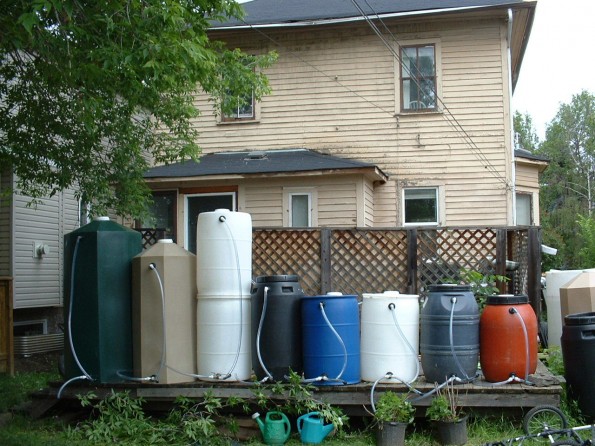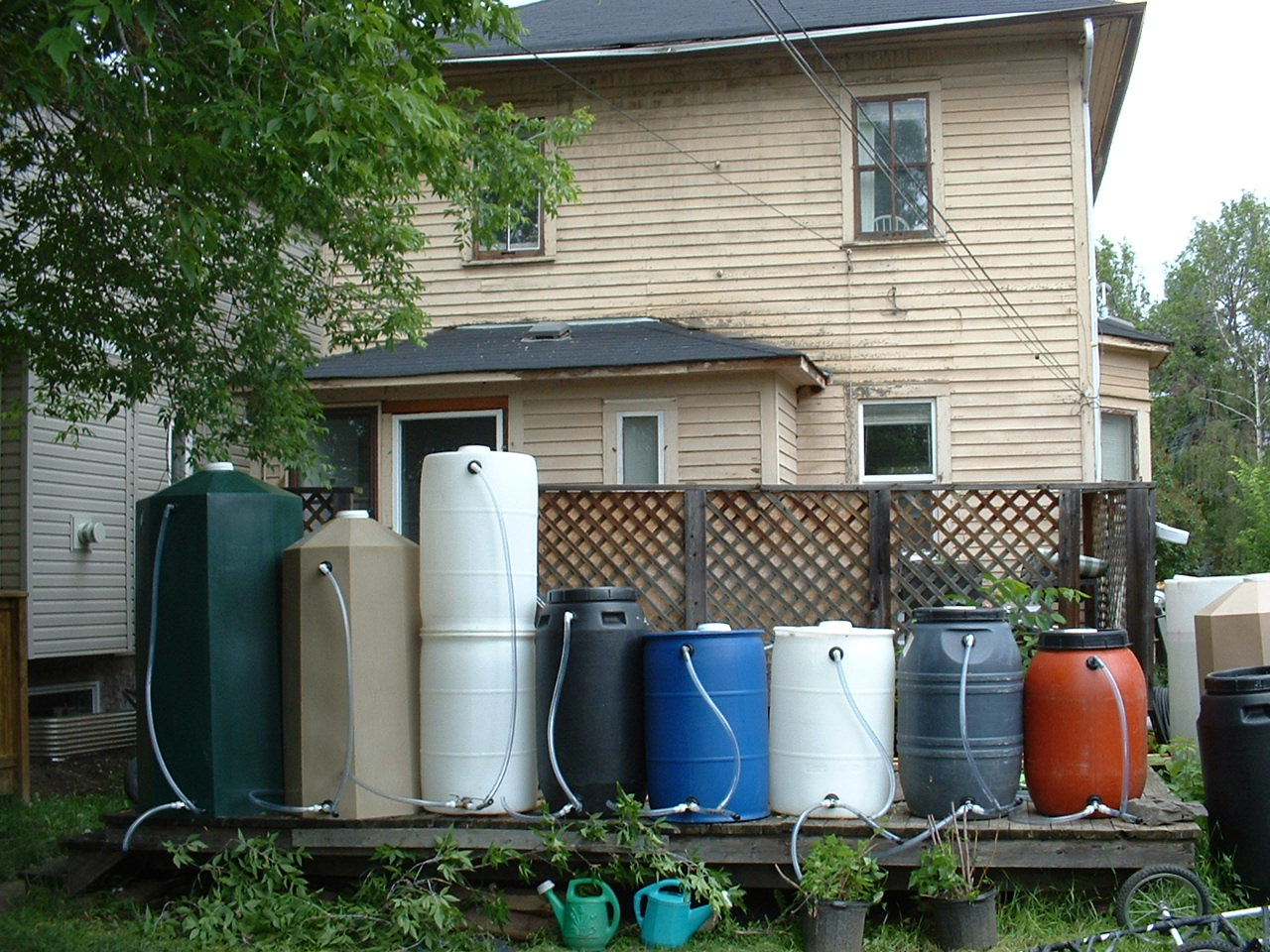 Though we have been inundated with heavy rainfall this spring, our hot, dry summer nonetheless looms on the horizon. And, with the summer’s arid conditions comes a significant surge in lawn and garden water consumption. According to the Utah Division of Water Resources,we use twice the amount of water outside as we do inside. There are, however, many simple and cost effective ideas for reducing outdoor water usage, while maintaining green lawns, bright flowers, and lush vegetables.
Though we have been inundated with heavy rainfall this spring, our hot, dry summer nonetheless looms on the horizon. And, with the summer’s arid conditions comes a significant surge in lawn and garden water consumption. According to the Utah Division of Water Resources,we use twice the amount of water outside as we do inside. There are, however, many simple and cost effective ideas for reducing outdoor water usage, while maintaining green lawns, bright flowers, and lush vegetables.
Start by checking all your watering equipment to make sure it is functioning properly. Sprinklers or manual irrigation should water evenly to the targeted areas. Water is wasted when it runs down the sidewalk or haphazardly leaks from a hose. Often, adjusting the spray of the sprinklers and fixing leaks can significantly reduce water loss.
Save water by reducing evaporation and eliminating weeds that compete for water. You can trap moisture by putting down a thick layer of mulch on flower beds, vegetable gardens, bases of trees and even potted plants. Remove unwanted competition by weeding throughout the season. If possible, install drip irrigation systems for your garden and flowerbeds. Drip systems water directly at the roots and prevent heavy water loss due to evaporation.
You can also maximize irrigation efficiency and reduce waste by adjusting irrigation schedules in relation to the weather. Watering should be scheduled in the early morning and late evening when the temperatures are cooler. Turn off your irrigation system when it rains.
To further conservation efforts, modifying landscaping can greatly impact outdoor water consumption. A diversified landscape with water wise trees, plants, flowers, and shrubs consumes 25-50 percent less water than a lawn.
Lastly, consider rainwater harvesting, or the storing of rain for irrigation or cleaning. “Isn’t that illegal?” you might ask. It is not illegal; however, there are some regulations. For small-scale harvesting, the state of Utah encourages individual collection, even subsidizing some equipment. Under the regulations, residents are allowed to have up to two storage containers with maximum volume of 100 gallons per container. If you want to store more, you have to register with the state (http://www.waterrights.utah.gov/forms/rainwater.asp).
There are many types of rainwater capturing devices that range in size and complexity; often they consist of a barrel that is attached to your roof gutter. You can find a great selection of containers online, or make your own following a YouTube instructional video (http://extension.usu.edu/waterquality/htm/urbanstormwater/rain-water-harvesting/). Rainwater harvesting is pragmatic and reduces water consumption and runoff. Rainwater runoff in urban areas can increase flooding erosions of rivers and streams, and carries many pollutants into streams and rivers.
All of these water conservation tips remind us that we can be more thoughtful and sustainable in our living habits. Discover what options work best for you.






